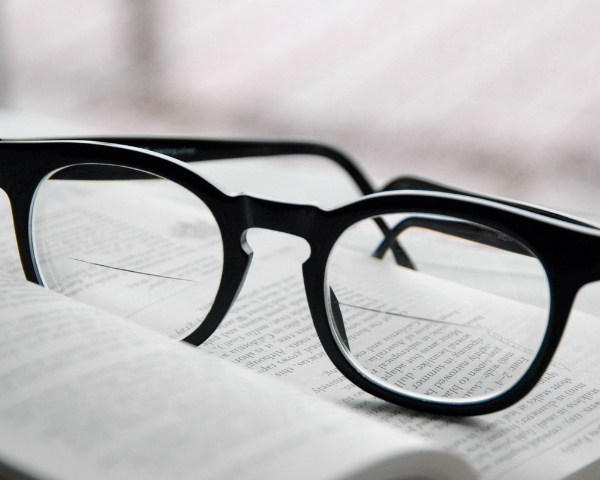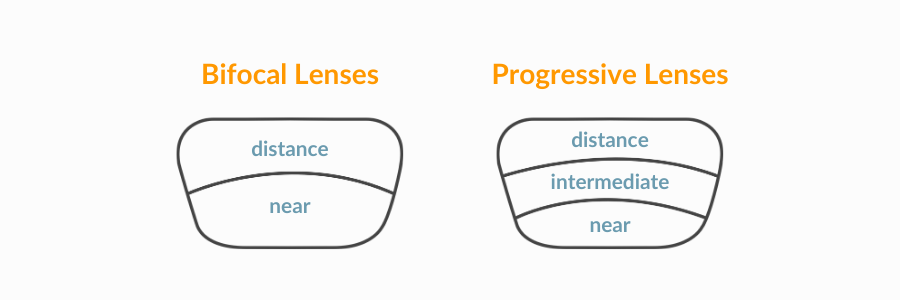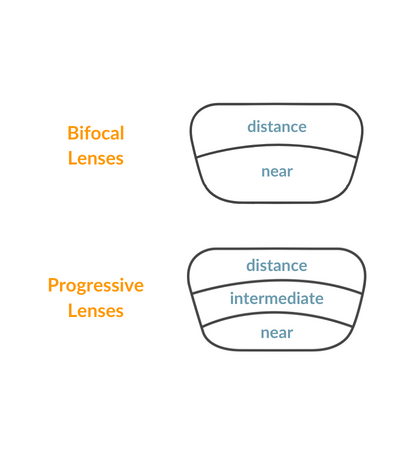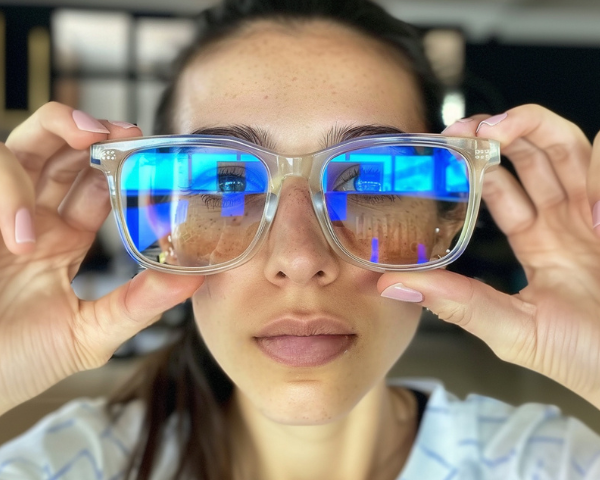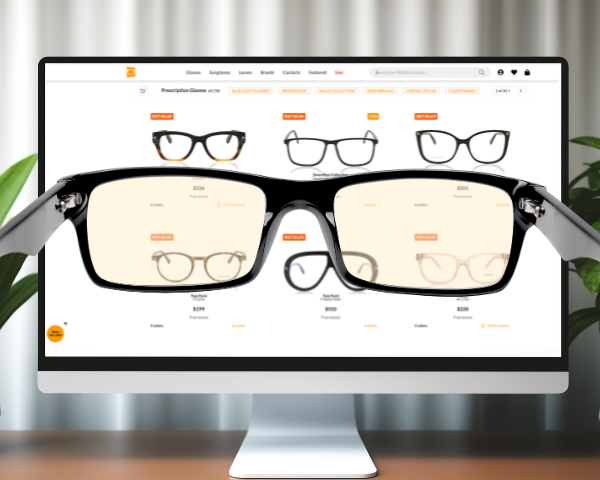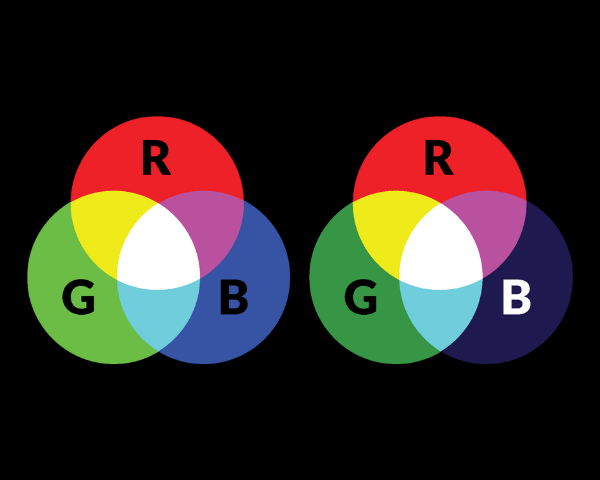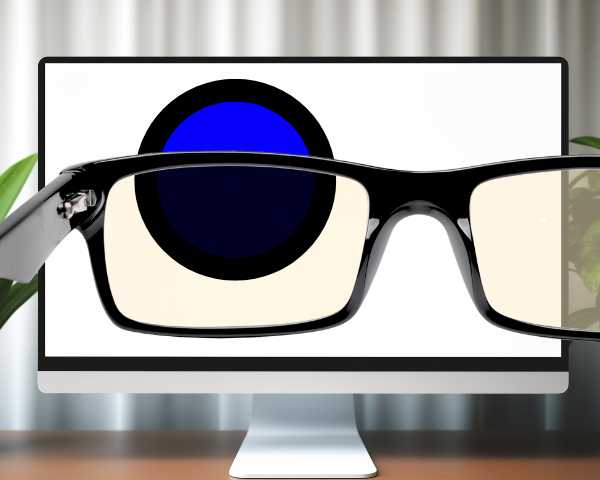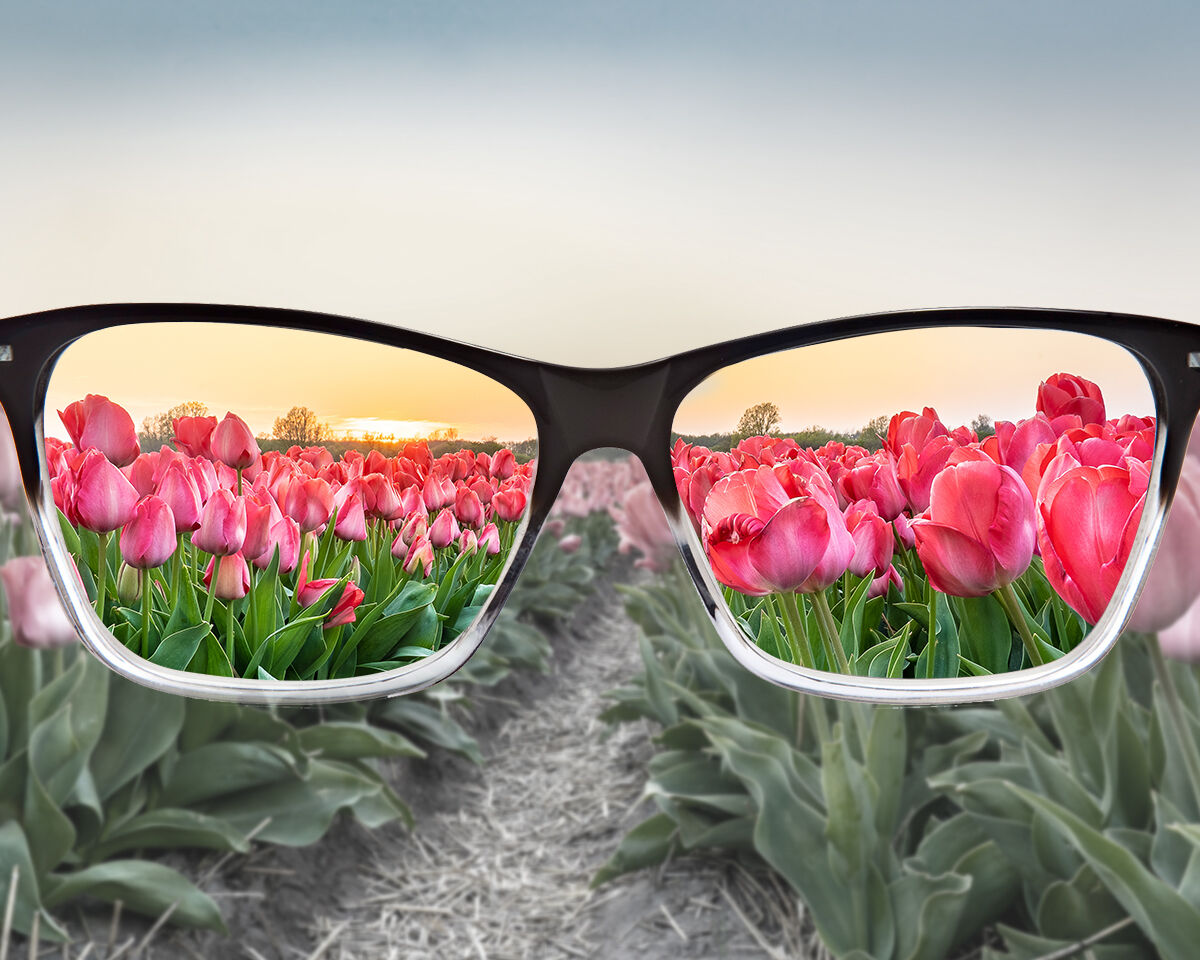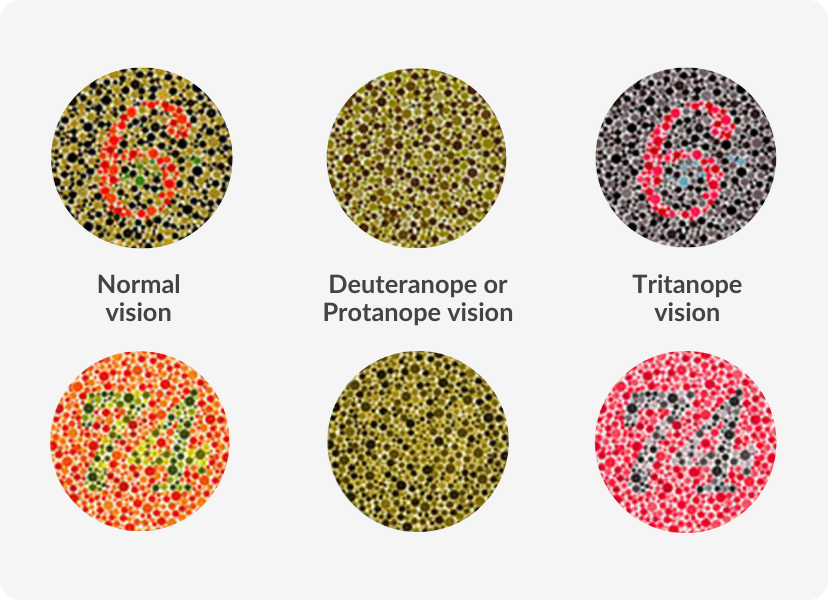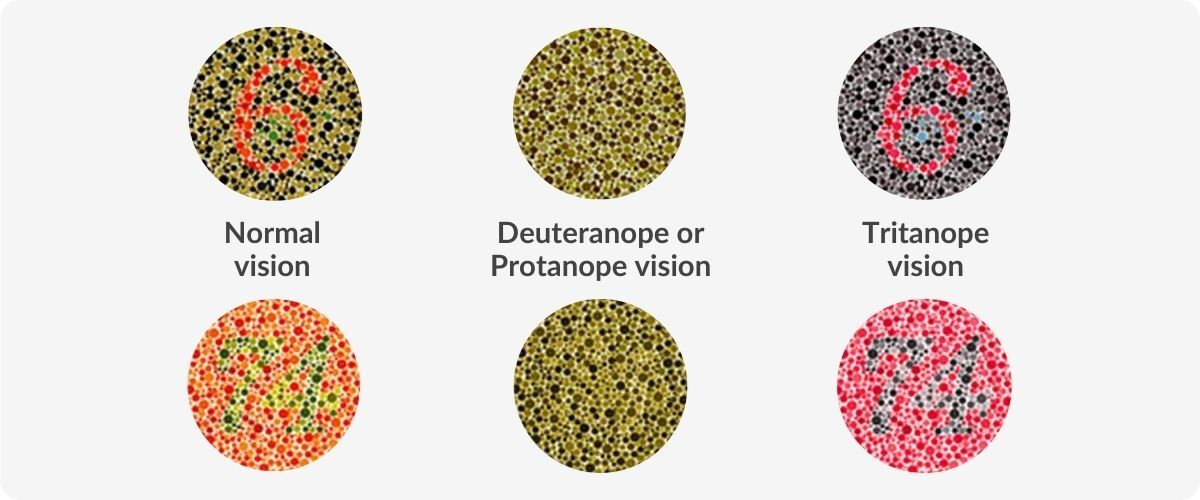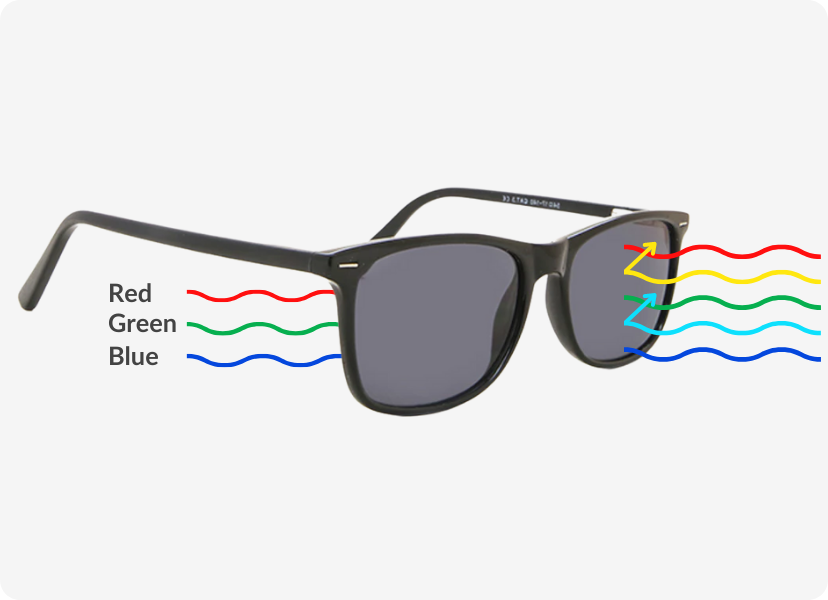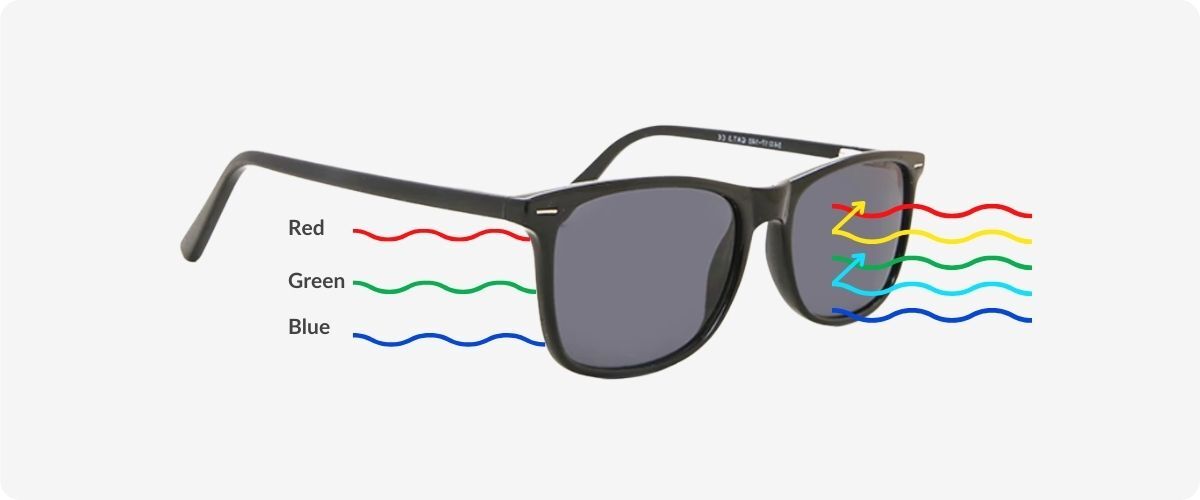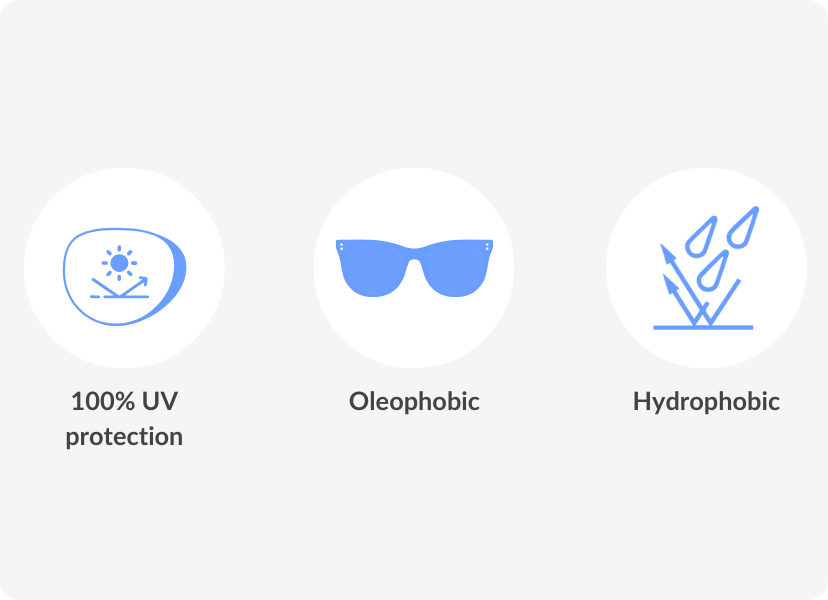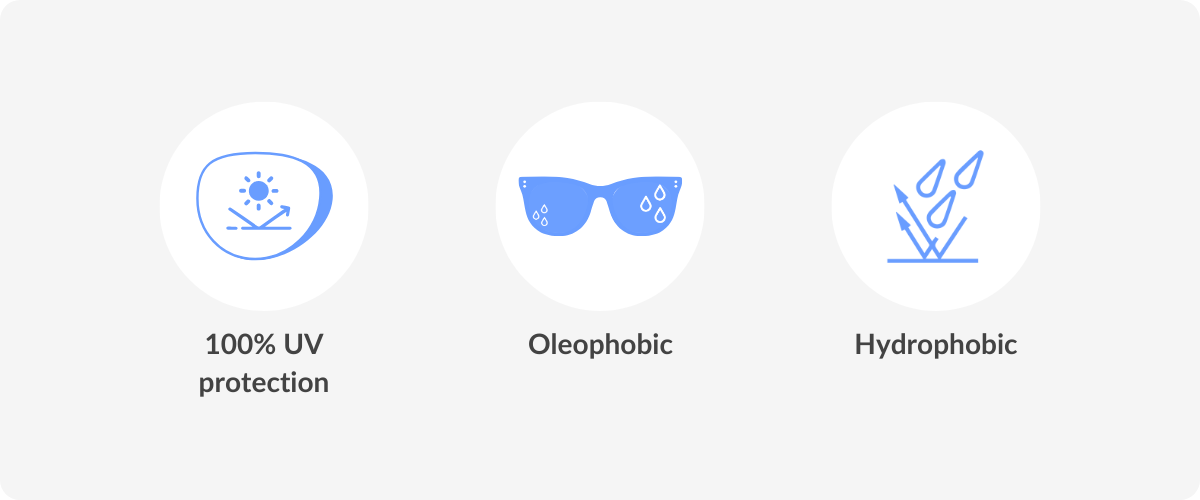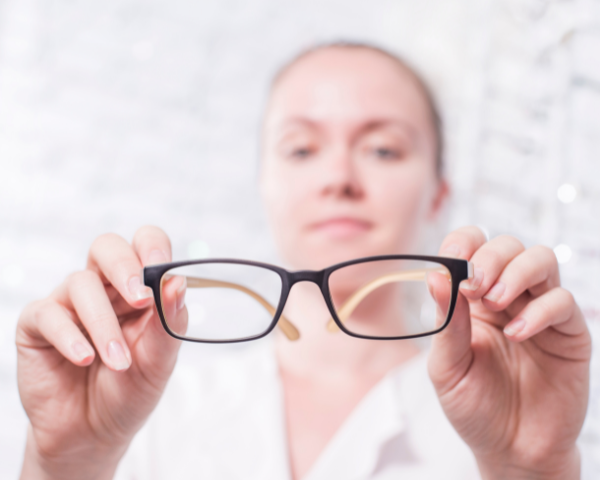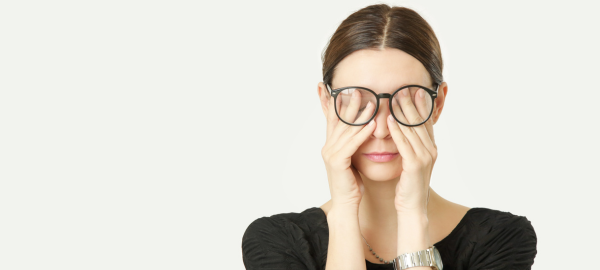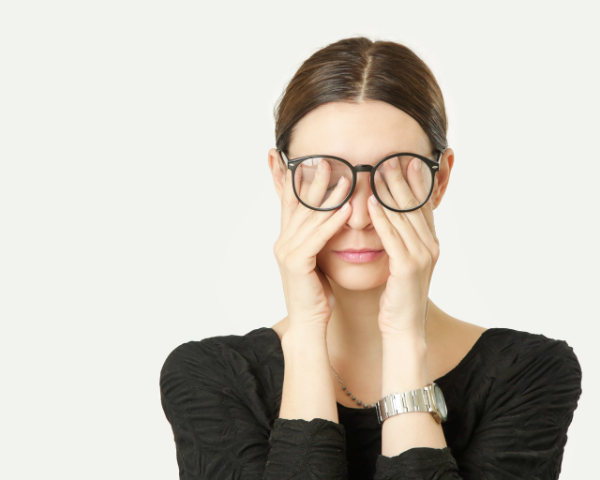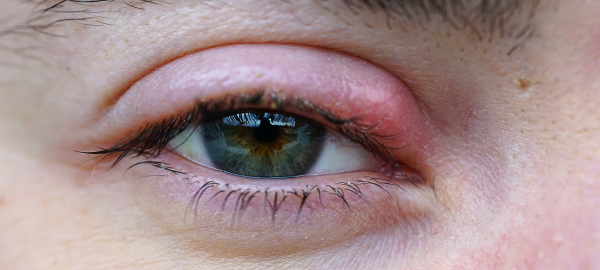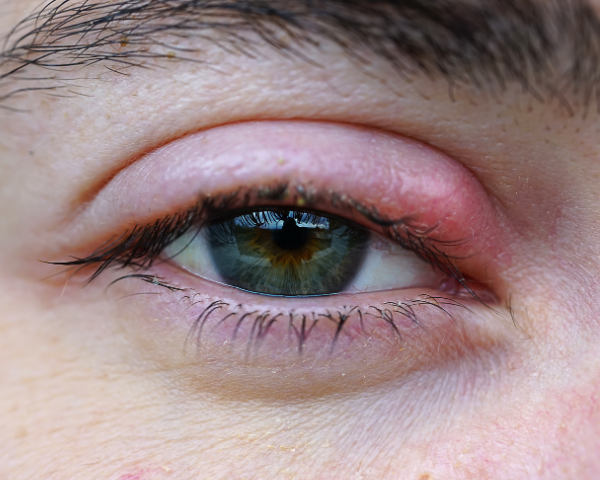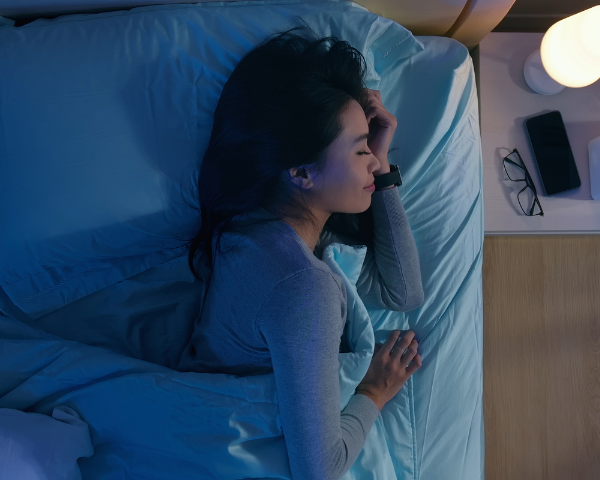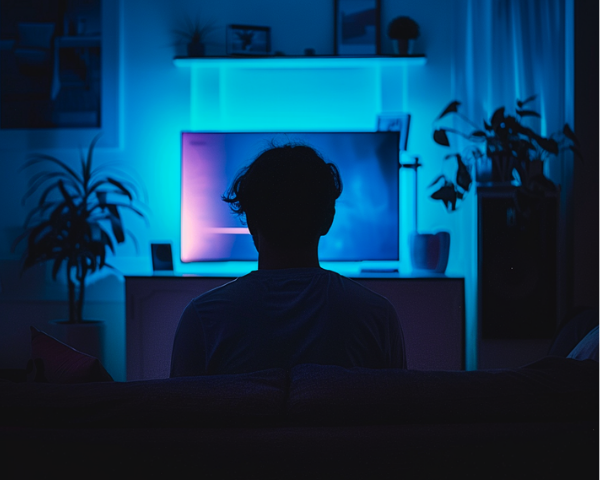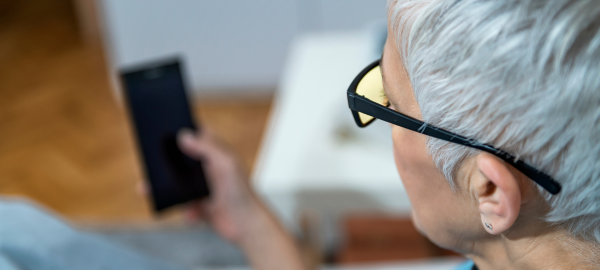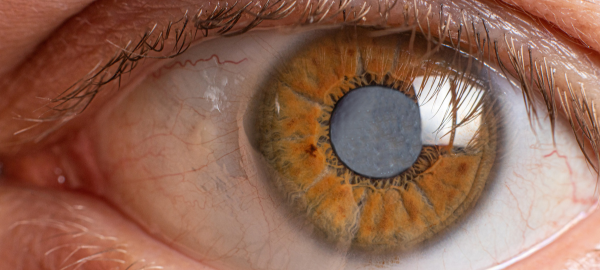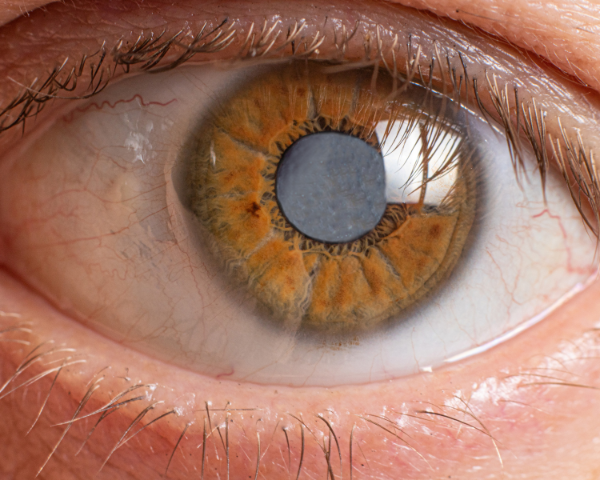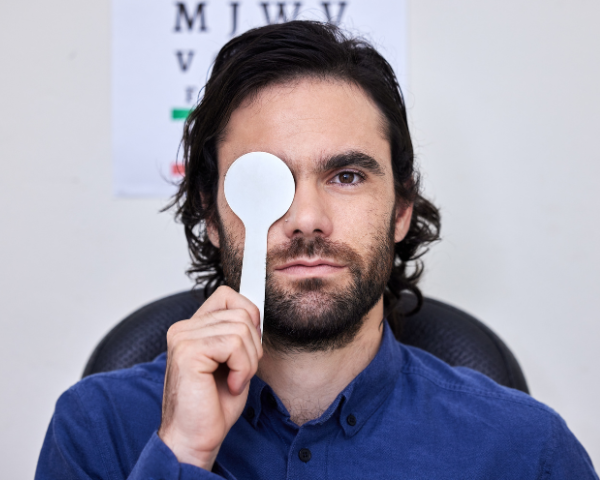How to Buy Contact Lenses Online

Reviewed by
Beck Jinnette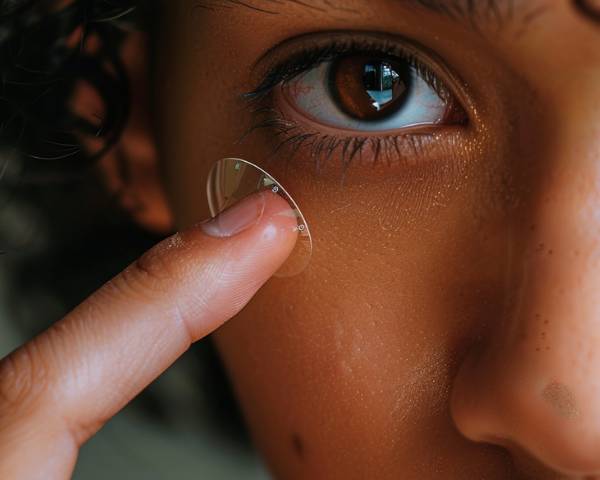
SUMMARY
To buy contact lenses online, you need to:
1. Have a valid contact lens prescription
2. Choose the type that matches your prescription and comfort
3. Enter your prescription details and checkout
In today’s digital age, the convenience of online shopping extends to essential items like contact lenses.
Whether you are new to wearing contacts or a seasoned wearer looking to streamline your buying process, purchasing contact lenses online can be straightforward and efficient when done correctly.
This guide will walk you through the essential steps to ensure a smooth and successful purchase of contact lenses on SmartBuyGlasses.
Understanding your prescription
The process of buying contact lenses begins with obtaining a valid prescription from your optometrist or ophthalmologist.
If you currently wear glasses and are considering switching to contact lenses, you may think that your glasses prescription will simply carry over to your lenses.
Unfortunately, that is not the case; the two prescriptions differ.
The optical properties of glasses and contact lenses differ because glasses sit on your nose, a small distance away from your eyes, but contact lenses lay directly on the surface of your eyes.
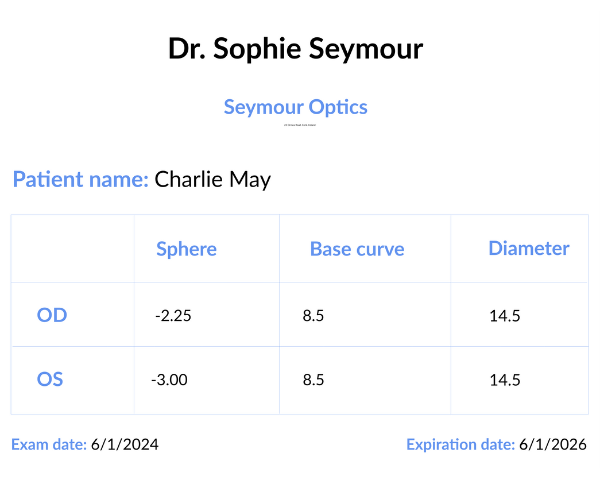
As a result, each requires a unique prescription to get the optimal vision correction and perfect fit, you should not manually transfer your prescription from glasses to contacts.
A valid contact lens prescription tells you exactly what your eyes need. It includes numbers for correcting nearsightedness or farsightedness (sphere), fixing irregular eye shape (cylinder), and the angle of correction (axis).
Additionally, a contact lens prescription includes the base curve (BC), which ensures the lens fits the shape of your eye comfortably.
It also specifies the diameter (DIA), which is crucial for ensuring the lens fits correctly on your eye.
DID YOU KNOW?
Two-thirds of contact lens wearers are female, and the average age of wearers around the world is 31 years old.
Which contact lenses suit you best?
With a diverse range of contact lens brands available at SmartBuyGlasses, finding ones that will suit you best is simple.
In our contact lens collection, you can choose between daily and monthly options, each offering distinct advantages.
Daily disposable lenses are convenient for daily use as they can be disposed of after each wear, making them ideal for occasional users or those who prefer hassle-free maintenance.

Alternatively, monthly lenses are designed for extended wear, lasting up to 30 days with proper care.
These lenses are typically thicker and often provide enhanced comfort compared to daily disposables, making them suitable for regular, continuous wear.
It’s also crucial to select the right type of lenses based on your specific needs. For correcting astigmatism, toric contact lenses are specially designed to refract light differently to address this condition effectively.
However, to determine the best option for you, seek guidance from your optometrist.
Simple steps to order your contact lenses
To get your contact lenses delivered straight to your doorstep, just follow a few straightforward steps and you’ll be able to enjoy the convenience of ordering at the touch of a button.
Step 1: Go to the contact lenses category page on our website
Go to the contact lenses category page on our website, where you’ll find a wide range of options to suit your vision correction needs.
Step 2: Filter your search by frequency
In the filter section, customize your search by selecting the use period you require.
Whether you prefer the convenience of daily disposables, the longevity of monthly lenses, or the flexibility of weekly disposables, you can easily find what suits your routine best.
Step 3: Select the type of contact lenses you need
Further refine your selection by filtering based on the specific type of contact lenses you need.
Choose from options like spherical, toric (for astigmatism correction), multifocal (for presbyopia), or colored contact lenses to enhance your look.
You can find your prescribed lens details on your prescription. Simply search for the brand, and you’ll be able to find your perfect fit.
Once you’ve identified the lenses that meet your criteria, click on them to view detailed product information. It’s essential to ensure you’re selecting lenses that match your prescription accurately.
Step 4: Enter your prescription details
Provide the details of your contact lens prescription with precision. Double-check every entry to ensure your lenses meet your specific vision requirements.
Step 5: Choose quantity and add to cart
Select how many boxes of lenses you’d like to buy and place them in your shopping cart.
Step 6: Checkout
Finalize your purchase by heading to the checkout and completing the payment process, and then you’re done. Your contact lenses will soon be on their way!
Aftercare and safety tips
Aftercare is essential for maintaining optimal eye health while wearing contact lenses.
To ensure your safety, it’s crucial to follow proper lens care practices, including regular cleaning and disinfection.
Always handle your lenses with clean hands to reduce the risk of introducing harmful bacteria.
Additionally, store your lenses in fresh solution and replace your lens case regularly to prevent contamination.
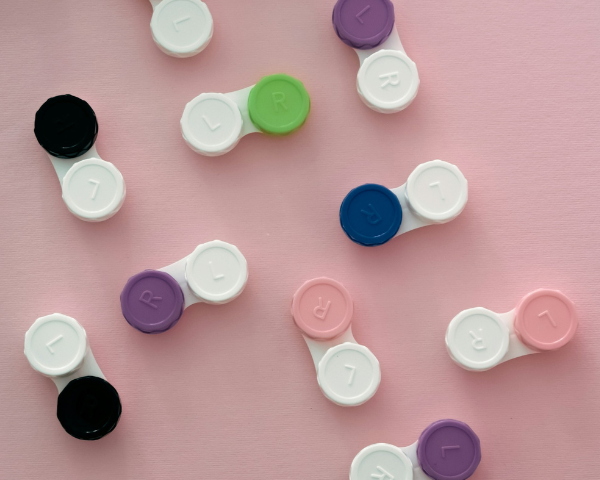
Avoiding online vision exams is also recommended, as they may not accurately provide prescriptions or detect underlying eye conditions.
Instead, prioritize regular visits to your optometrist for comprehensive eye exams.
These visits help monitor your eye health and ensure your contact lens prescription is up-to-date.
By following these guidelines, you can maintain clear vision safely and comfortably with your contact lenses.
And, with the ease of a few clicks, purchasing contact lenses online becomes quick and convenient.
Related articles
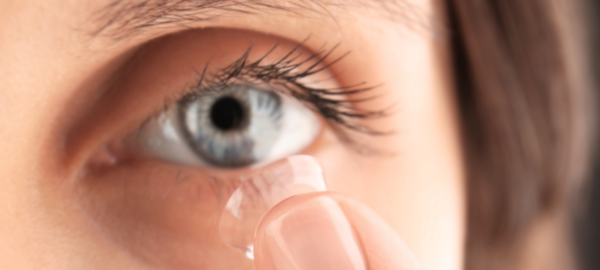
Related articles












































